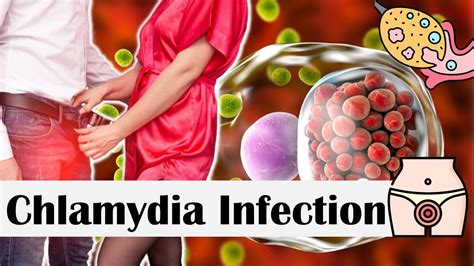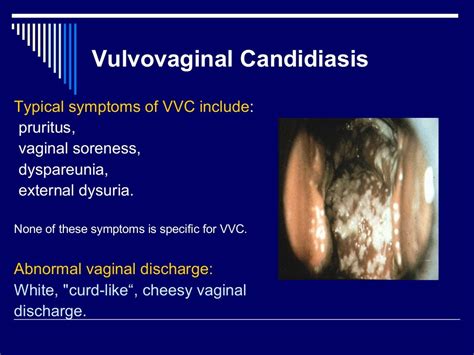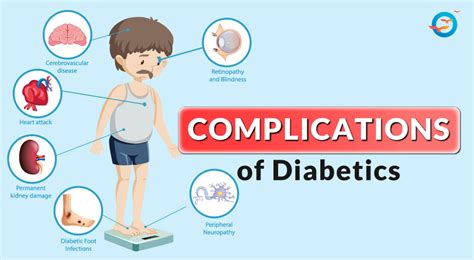Intro
Learn about female Chlamydia symptoms, including discharge, pain, and infertility risks. Discover silent infection signs, testing, and treatment options for this common STD, and understand its impact on reproductive health and relationships.
Chlamydia is a common sexually transmitted infection (STI) that affects millions of people worldwide, with females being disproportionately affected. Despite its prevalence, many women with chlamydia do not exhibit noticeable symptoms, which can lead to delayed diagnosis and treatment. It is essential to understand the female chlamydia symptoms to promote early detection, prevent long-term complications, and reduce the risk of transmission to others.
The importance of recognizing female chlamydia symptoms cannot be overstated. If left untreated, chlamydia can cause severe and permanent damage to a woman's reproductive health, including infertility, chronic pelvic pain, and increased risk of ectopic pregnancy. Furthermore, chlamydia can also increase the risk of HIV transmission and other STIs. Therefore, it is crucial to educate women about the signs and symptoms of chlamydia, as well as the importance of regular screening and testing.
Chlamydia is often referred to as a "silent" infection, as many women do not experience any noticeable symptoms. However, when symptoms do occur, they can be mild and non-specific, making it challenging to diagnose the infection. Some common female chlamydia symptoms include abnormal vaginal discharge, burning sensation while urinating, and pelvic pain. It is essential to seek medical attention if you are experiencing any of these symptoms, as prompt treatment can help prevent long-term complications and reduce the risk of transmission to others.
Understanding Chlamydia Infection

How Chlamydia Affects Women
Chlamydia can cause a range of symptoms in women, from mild to severe. Some women may experience symptoms within a few weeks of infection, while others may not exhibit any symptoms for months or even years. The symptoms of chlamydia can be divided into two categories: lower genital tract symptoms and upper genital tract symptoms.Lower Genital Tract Symptoms

Upper Genital Tract Symptoms
The upper genital tract symptoms of chlamydia include: * Pelvic pain: This can range from a mild, aching pain to a severe, sharp pain. * Abnormal menstrual bleeding: Chlamydia can cause irregular periods, heavy bleeding, or light bleeding. * Painful intercourse: Women with chlamydia may experience pain or discomfort during sex. * Fever: In some cases, chlamydia can cause a low-grade fever, usually below 101°F (38.3°C).Diagnosing Chlamydia

Treatment Options
Chlamydia is typically treated with antibiotics, which can help clear the infection and prevent long-term complications. The most commonly prescribed antibiotics for chlamydia are: * Azithromycin: This is a single-dose antibiotic that can be taken orally. * Doxycycline: This is a 7-day course of antibiotics that must be taken twice a day.Preventing Chlamydia

Reducing the Risk of Transmission
Reducing the risk of transmission requires a combination of education, awareness, and safe sex practices. Some ways to reduce the risk of transmission include: * Disclosing infection status: Informing partners about chlamydia infection can help prevent transmission. * Using condoms consistently: Consistent and correct use of condoms can reduce the risk of transmission. * Avoiding sex during treatment: Avoiding sex during treatment can help prevent transmission to others.Long-Term Complications

Seeking Medical Attention
Seeking medical attention is essential if you are experiencing any symptoms of chlamydia or have been exposed to the infection. A healthcare provider can diagnose and treat the infection, reducing the risk of long-term complications and transmission to others.What are the symptoms of chlamydia in women?
+The symptoms of chlamydia in women can include abnormal vaginal discharge, burning sensation while urinating, pelvic pain, and abnormal menstrual bleeding.
How is chlamydia diagnosed?
+Chlamydia can be diagnosed using urine tests, swab tests, or blood tests.
What are the long-term complications of untreated chlamydia?
+Untreated chlamydia can cause long-term complications, including infertility, chronic pelvic pain, ectopic pregnancy, and increased risk of HIV transmission.
In conclusion, female chlamydia symptoms can be mild and non-specific, making it challenging to diagnose the infection. However, understanding the symptoms, diagnosis, treatment, and prevention of chlamydia can help reduce the risk of transmission and long-term complications. If you are experiencing any symptoms of chlamydia or have been exposed to the infection, seek medical attention promptly. Share this article with others to raise awareness about the importance of chlamydia prevention and treatment. Leave a comment below to share your thoughts or ask questions about female chlamydia symptoms.
